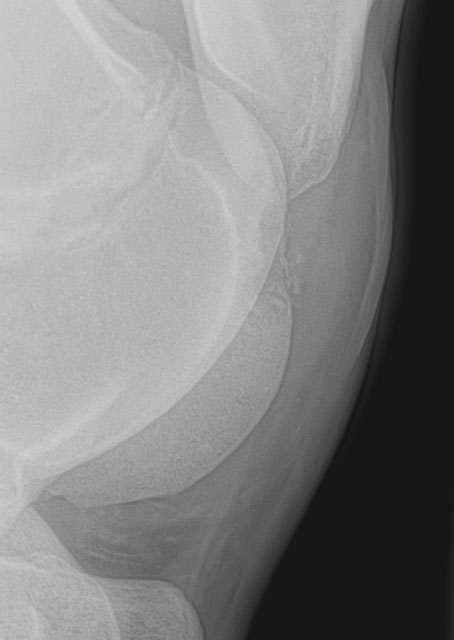Heritability and prevalence of selected osteochondrosis lesions in yearling Thoroughbred horses?
Russell, J., Matika, O., Russell, T. and Reardon, R.J.M.
This study aimed to determine the prevalence and genetic variability of osteochondrosis (OCD) lesions in yearling Thoroughbreds in Australia. Pre-sales radiographs of 1962 yearlings over an 8-year period were obtained from clinical records. All animals were under the care of the same veterinary practice but environmental conditions varied between farms. A standardised set of 34 radiographic views were examined by two experienced orthopaedic clinicians, who were blinded to the horse’s clinical history.
The prevalence of horses with OCD in at least one joint was 23%. Lesions were found in the stifle in 10%, with the most common site being the lateral trochlear ridge of the distal femur (6%). Lesions in the proximal interphalangeal (fetlock) joints were present in 8%, most commonly dorsoproximal P1 fragments. Lesions in the tarsus were found in 6%, with the most common site being distal intermediate ridge of the tibia (4%).
Estimates of genetic variability were low with large standard errors, meaning none was significantly different from zero. This suggests that non-genetic factors have a more important impact on development of OCD. The low importance of heritability in OCD in Thoroughbreds has also been reported in other studies. However, some OCD lesions were associated with the dam’s environment in this study, suggesting that mares’ nutrition, housing, age or other factors maybe contribute to OCD in their offspring.
Bottom line:
A prevalence of 23% for OCD lesions was found in a population of Thoroughbred yearlings. Heritability estimates were low, but the mare’s environment may have a significant impact on development of OCD in her offspring.
--Ends--


